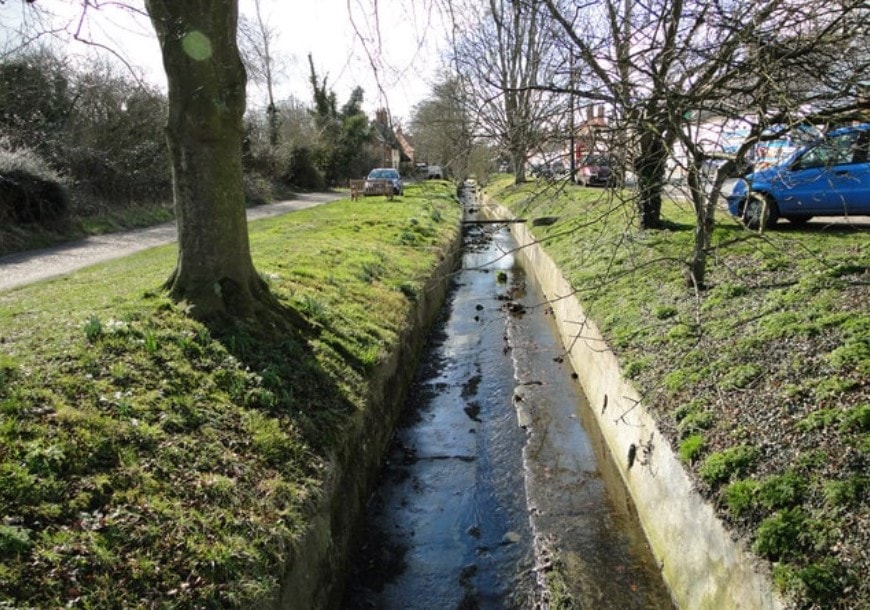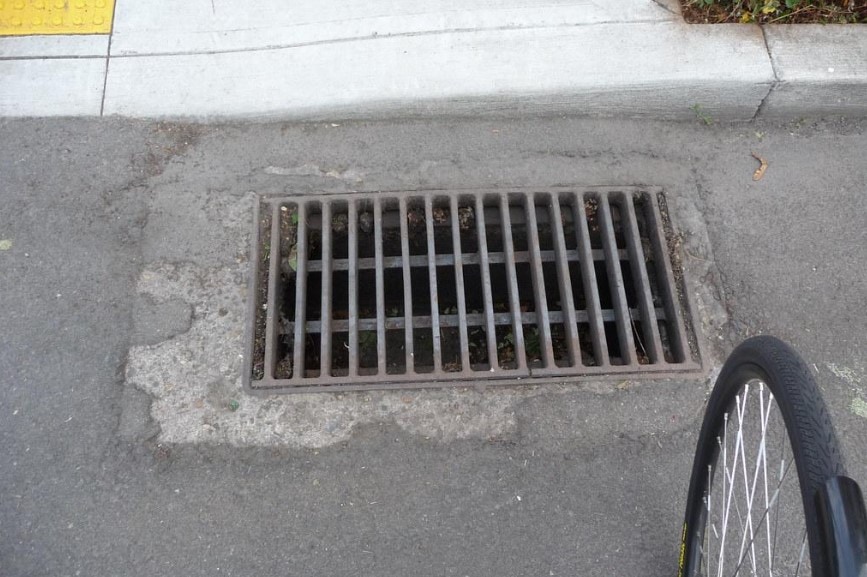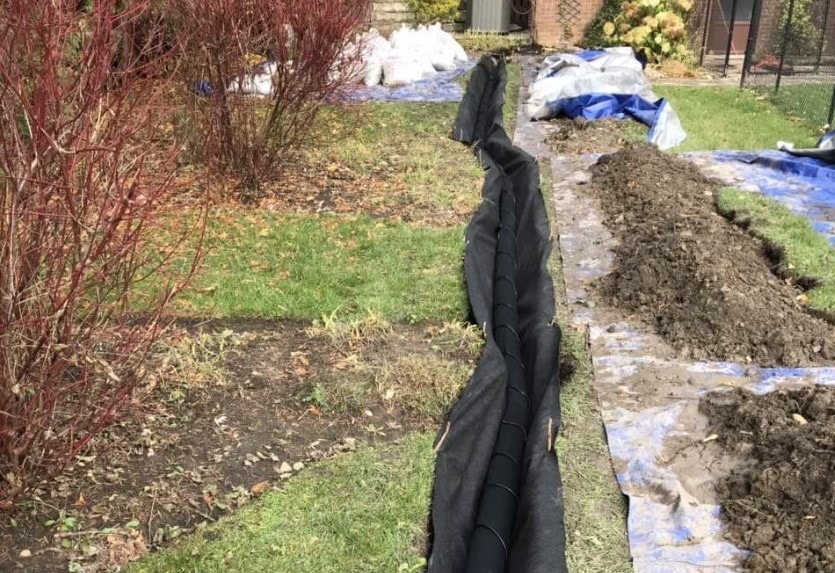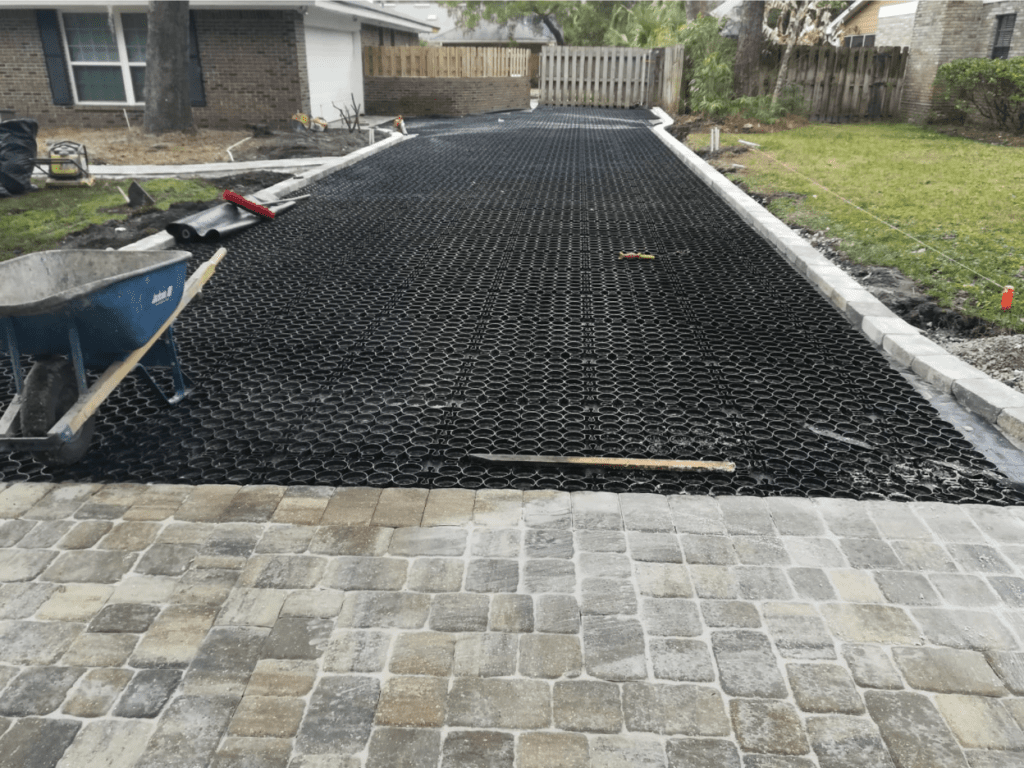Stormwater drainage is a big deal for many homeowners and business owners everywhere. Stormwater needs to have one or more outlets for drainage when storms occur or else the water will pool, flood, and cause a variety of issues that nobody wants to deal with.
Stormwater Drainage Systems
Thankfully, there are a wide variety of stormwater drainage design examples, with some being more effective than others. In case you’re about to implement a stormwater solution on your property or you’re looking for a better alternative to what you currently have, here are 7 types of stormwater drainage systems:
1. Slot Drains
Slot drains are a recent innovation in drainage technology. They utilize long, thin drain slots that often run the entire length of a room or area. They are great for outdoor areas that don’t require excessive drainage, however they tend to flood easily when exposed to heavy rainfall.
This issue makes slot drains one of the least effective stormwater drainage design examples. Even with multiple slot drains installed, outdoor areas are very hard to manage with this type of drain, because water quickly overflows them.
They can work effectively in light rainstorms and situations where the rate of precipitation isn’t very high. They can also be driven and walked on without issue, and are rather easy to clean when compared to other types of drains.
2. Open Storm Drains

Open storm drains are drains that usually run parallel to a nearby road or to the edge of a property. They feature long, uncovered channels to carry free-flowing stormwater. These channels often direct water into a local sewer system where the water can be treated and managed. Open storm drains can be expensive to set up but are usually cheap to maintain once they’ve been installed.
They are a great stormwater drainage design for those who aren’t too incredibly concerned about looks, and want to collect surface water with ease. Lots and paved areas can be sloped towards open storm drains. They are unsafe, though, and require fencing to keep animals and people from falling in. They can also smell and may even decrease your property value.
3. Closed Storm Drain

Most of the stormwater management systems you see now are stormwater grates that lead to a local, underground sewer system. Closed storm drain grates can be found in the low areas of parking lots, the trenches near sidewalks, and other areas where water intentionally or unintentionally tends to collect. Though safer and less unsightly than open storm drains, they are difficult to clean and labor-intensive to install.
4. French Drain

If you want to prevent water from pooling around the foundation of your home or building, French drains are the answer. French drains typically utilize small grates located near the foundation of a building. The grates funnel the water into long pipes that carry it away from the edge of the building and into the street, or even into a water retention basin.
The best part about French drains is that the long pipes they use are almost always covered up with an aesthetically pleasing material, such as pebbles or grass. They also make use of intricate, beautiful grates as well. French drains are great for draining water that pools near the foundation of a building, but are not as effective when it comes to draining surface water over a broader area.
5. Permeable Pavement

Permeable pavement might sound like more of a paving solution than a stormwater drainage solution, but it’s actually both. TRUEGRID PRO LITE and TRUEGRID PRO PLUS are both 100%-permeable and capable of effectively draining water from even the most intense rainstorms.
Permeable pavement can be utilized as a replacement for regular asphalt and concrete, which makes your entire parking lot or paved area into one big storm drain. The water filters through the gravel trapped in the pavers and drains back into the ground where it belongs. A parking lot made from these pavers also looks incredibly clean and professional.
TRUEGRID permeable pavers require almost no maintenance over a 60-year lifespan and are the quickest to install among all the drainage systems. They are also incredibly durable and can handle constant, heavy traffic without failing.
6. Slope Drains
Slope drains make use of the natural incline of the ground around a home or business. The pipes used in slope drains are made from either steel, concrete, or plastic. They run downhill and are usually covered with some sort of grate in order to protect people and animals from falling in.
7. Gutters and Downspouts
A gutter and downspout system is the most common type of drain for both homes and businesses. Gutters are installed around the roof of the building and the water that drains into them is directed downwards into downspouts. The downspouts are usually near a slope so that the water can naturally flow away from the foundation of the building and not pool at the base. Downspouts are typically either square or round in shape and are made from copper, aluminum, or steel.
It’s Time to Embrace a Better Stormwater Drainage Solution
TRUEGRID has created one of the most effective, durable, affordable, eco-friendly, and aesthetically pleasing stormwater drainage solutions available, which is why many homeowners and business owners are switching over to TRUEGRID permeable pavement.

If you need a way to drain stormwater that won’t take weeks to install, won’t require costly maintenance, and won’t require you to sacrifice one inch of surface area for drainage equipment, call TRUEGRID today for a quote.



